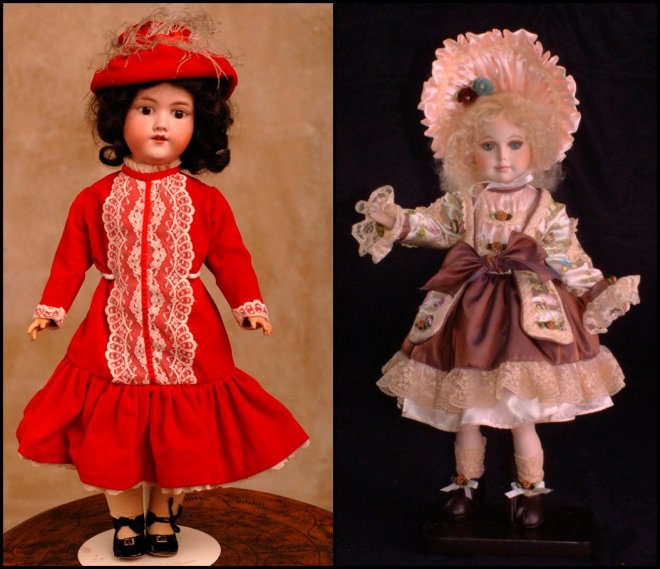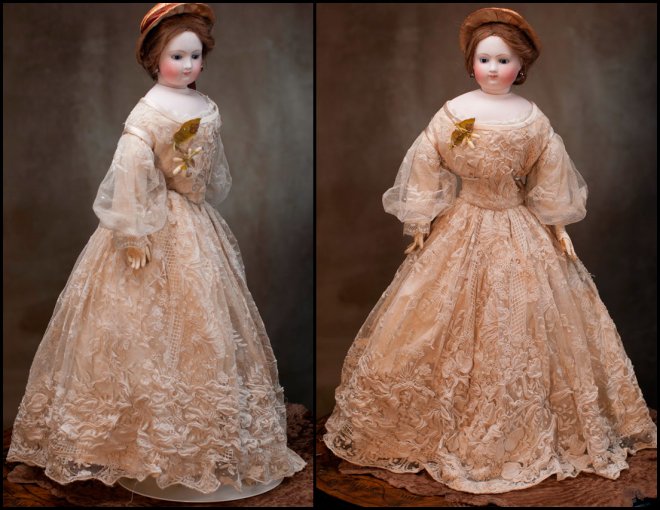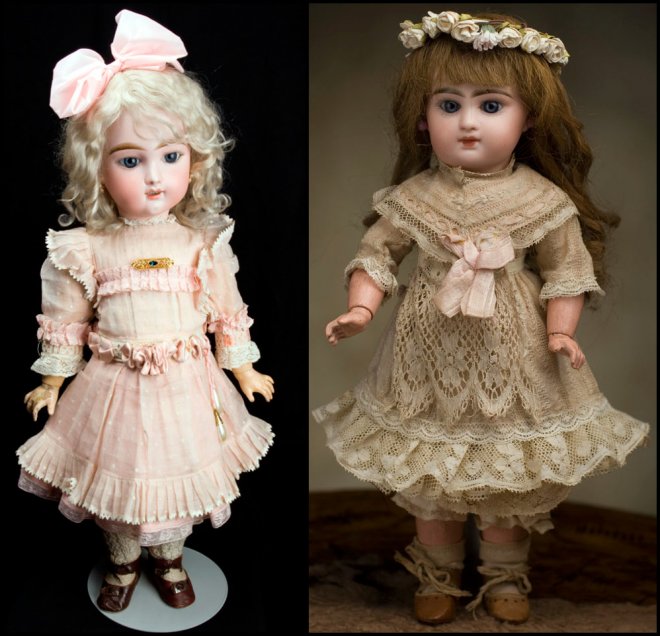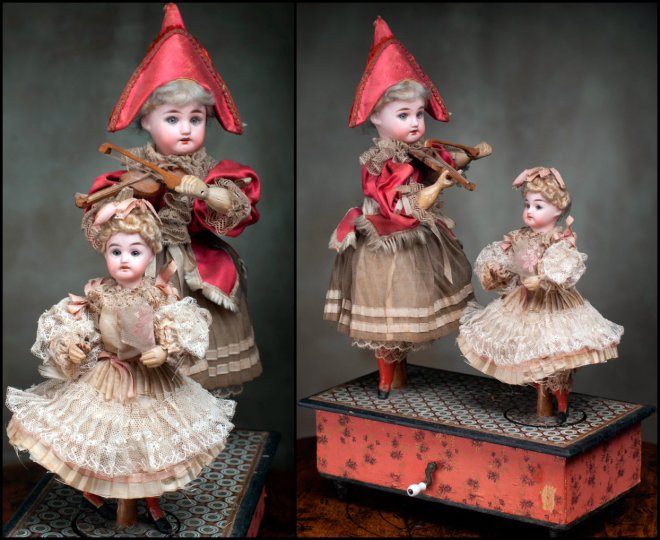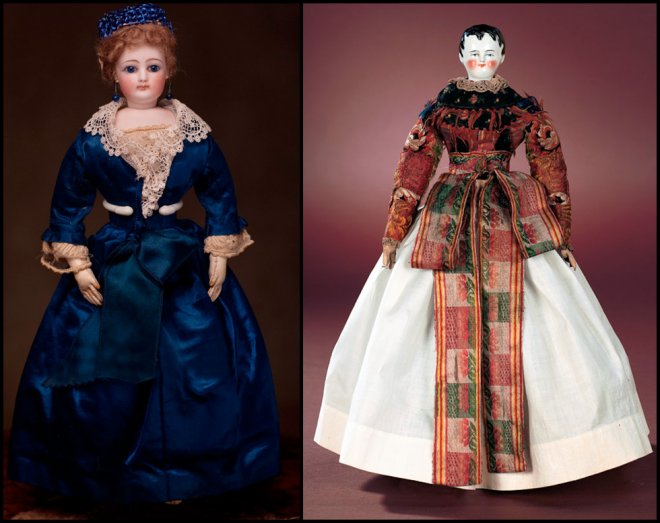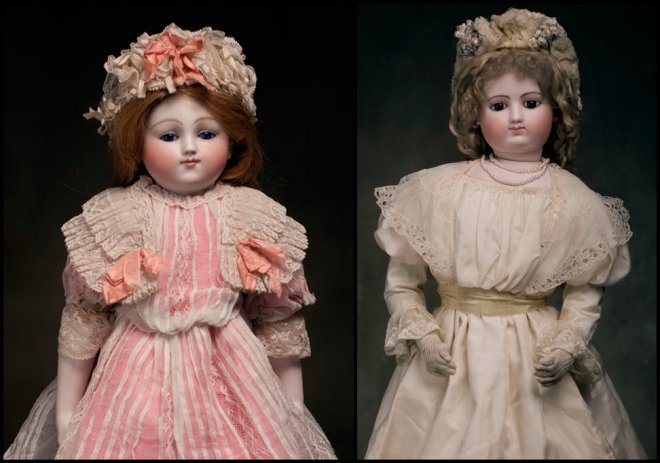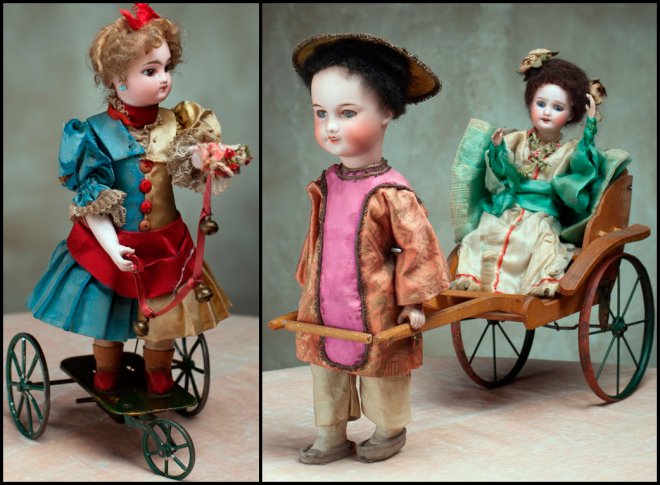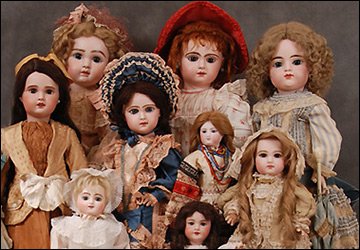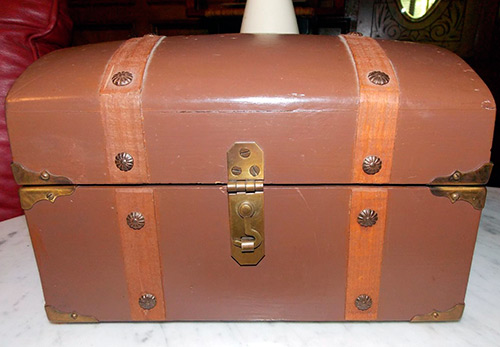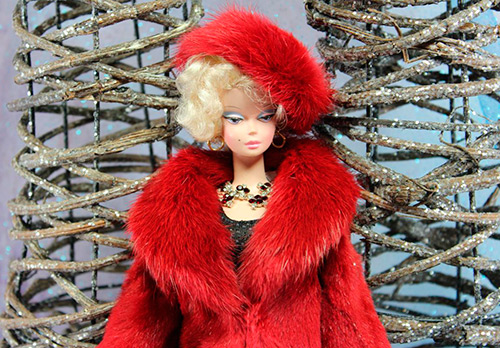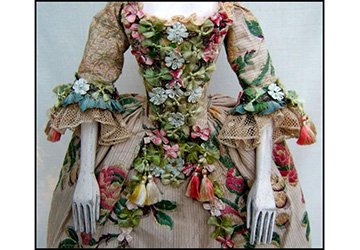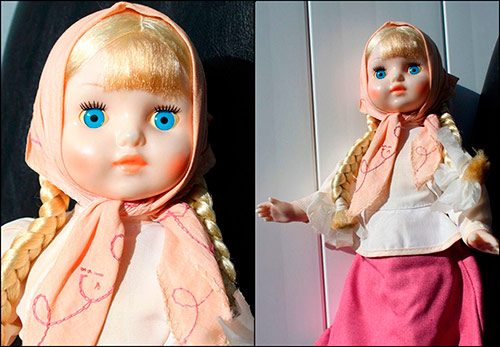Dolls and baby clothes
Collectible handmade porcelain dolls
There is nothing more beautiful than porcelain dolls... After all, she is almost as alive, real and certainly with her own character. It can also be very, very old, with its own long and mysterious history.
Porcelain originated in China. For a long time Europeans fought over the disclosure of the secret of porcelain production. And having figured out the secret, they began to produce porcelain dishes. The first porcelain dolls appeared only around 1750 in France, Germany and Italy. The peak of the popularity of porcelain dolls falls on the 1830s-1930s - this was undoubtedly the age of porcelain dolls. And at this time, the best porcelain dolls were made in Germany and France, which competed with each other in this craft. German practicality and French luxury. As a result, for many collectors, French luxury won, but many preferred German practicality as well. It was at this time that the world-famous factories for the production of porcelain dolls existed and flourished.
GAULTIER firm. The name of its founder, François Gaultier, is one of the most famous names among French puppeteers. His porcelain factory was opened in 1867 in the city of Saint Maurice. And at the international exhibition in 1878 in Paris, François Gaultier himself was awarded a silver medal. Gautier dolls have always been marked and therefore it is quite easy to recognize the original.
Family-owned company Barrois. She worked in Paris from 1842 to 1878. This factory produced only luxury dolls.
Jumeau also existed in Paris. It was founded by Pierre-François Jumeau in 1843. Then the firm passed to his sons. In 1877, they released the first Bebe doll (namely, a girl-doll, a child-doll), which brought success to the company. In 1878, they even received a Gold Medal at the Paris International Exhibition. Jumeau's success lasted until the 1900s, when cheaper German dolls poured into the French market.
The STEINER company, which was founded in Paris in the 1850s by Jules Steiner, was engaged in the production of mechanical dolls. And besides the dolls-ladies, she was one of the first to release doll girls... The first mechanical doll from this company was called Gigoteur and was sold in 1863. A feature of STEINER was that the dolls had two rows of teeth, usually only the upper row of teeth was made for porcelain dolls.
The company created in Paris by the watchmaker and jeweler Leopold Lambert for the production of automatic dolls is also famous.
And in 1899, SFBJ was created in France - the Union of French manufacturers of dolls and toys with the aim of opposing German manufacturers. This union includes such firms as Jumeau and Gaultier, Fleischmann & Bloedel. In the production of new models of dolls, the experience of Jumeau was used. The Union existed until 1925.
Simon & Halbig is one of the largest German doll factories that existed in Thuringia from 1869 to 1930. The porcelain doll heads produced by this factory were marked with their own brand. By the way, it was the heads of the dolls of that time that were made porcelain, the bodies were made of wood, papier-mâché or other materials. People of the middle class could often afford to buy not a whole very luxurious and expensive doll, but only a porcelain head, while making the doll itself.
Hanwerck. It was founded by Heinrich Handwerk in 1876. And it existed until 1902, when it was bought by Kammer & Reinhardt. Hanwerck dolls were famous for their high quality and were supplied even to France.
Porcelain dolls were also produced in other European countries, but were not as popular as German or French dolls. For example, Sweden (R? Rstrand), Poland (Tielsch) and the Czech Republic (Schlaggenwald) also made porcelain dolls.
In the twentieth century, dolls made of artificial materials replaced porcelain dolls.After the 1960s, the production of porcelain dolls ceased to exist in Europe. Those porcelain dolls that can be seen today in shops and markets, in old European outfits, so similar to German or French dolls of the 19th century, were made in China. Old European porcelain dolls can be found only in museums and private collections. True, today there is such a thing as author's doll, a handmade doll, and many authors, including those in Europe, love to create precisely porcelain dolls. The history of porcelain dolls continues.
Comments and Reviews
Add a comment
Rating news
Shades of clothing that make women look younger
What shades of hair make women younger: rules and photos
Funny wedding dresses - photos and ideas
12 most expensive down jackets for the winter
How to look 25 at 40: tips from supermodels
Beautiful schoolgirls
Anti-aging haircuts and hairstyles for women
Fashionable skirts for autumn and winter
Fashionable women's trousers for the cold season
Fashionable and stylish sandals for summer 2024
Spring-summer 2024
 Fashionable dresses and tops with thin spaghetti straps
Fashionable dresses and tops with thin spaghetti straps
 Bandana tops: how to wear stylishly and beautifully
Bandana tops: how to wear stylishly and beautifully
 How to put together the perfect men's wardrobe for the summer
How to put together the perfect men's wardrobe for the summer
 Fashionable shorts for spring-summer 2024
Fashionable shorts for spring-summer 2024
 Fashionable skirts for spring-summer 2024: a guide to online shopping
Fashionable skirts for spring-summer 2024: a guide to online shopping
 The most fashionable dresses spring-summer 2024: styles and colors
The most fashionable dresses spring-summer 2024: styles and colors
 Fashionable total look 2024: ideas of images and trends
Fashionable total look 2024: ideas of images and trends
